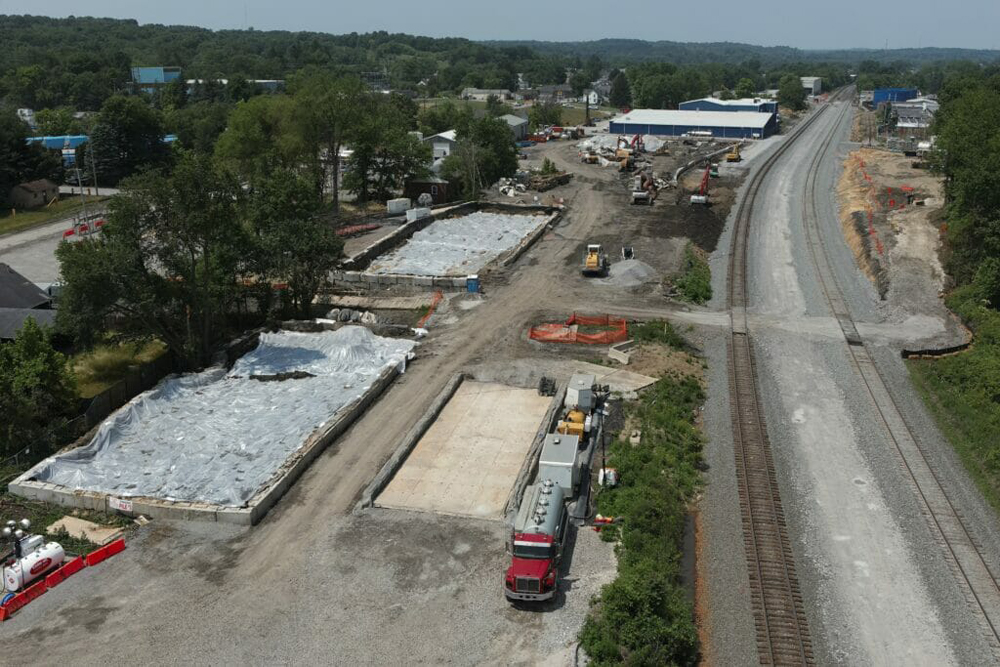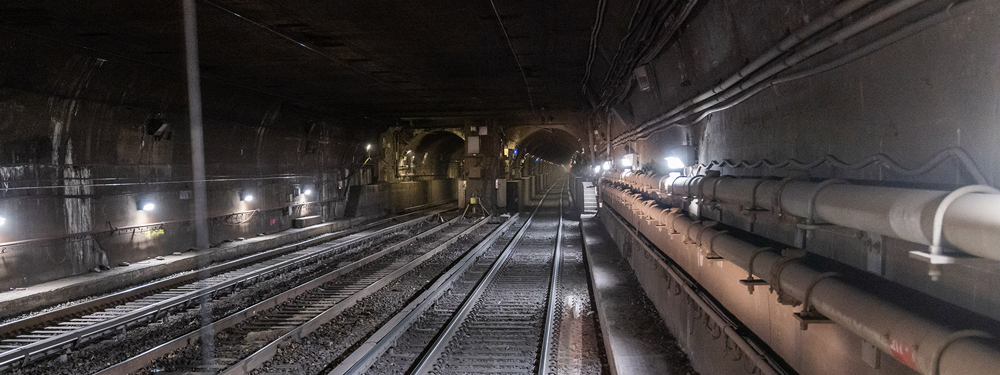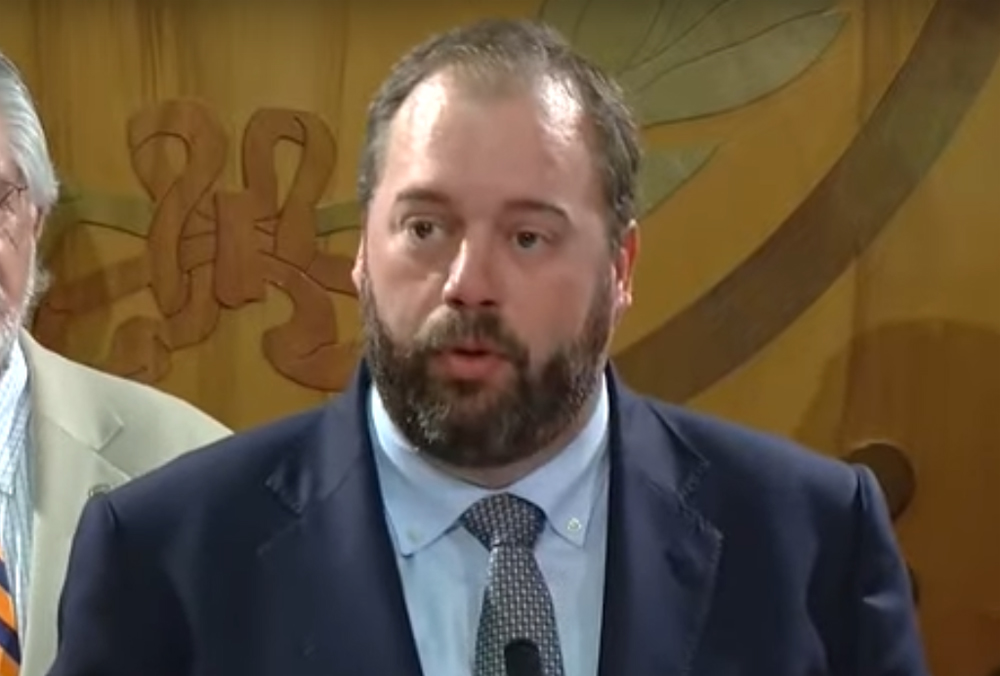
COSHOCTON COUNTY, Ohio — Beginning in mid-September, nonhazardous wastewater from Norfolk Southern’s East Palestine, Ohio, derailment cleanup will be trucked here for disposal, according to statements from the Environmental Protection Agency and a Spectrum News story.
Currently, the site from the Feb. 3, derailment generates one million gallons of wastewater per week from excavation-related stormwater collection [see “Norfolk Southern completes soil removal work … ,” Trains News Wire, June 27, 2023]. The railroad plans to treat the water at the site removing vinyl chloride and other chemicals. It is anticipated that 12 tank trucks per day will deliver the nonhazardous water to injection wells in Coshocton County, Ohio, about 100 miles southwest of East Palestine and 70 miles south of Cleveland.
Buckeye Brine, a Coshocton, Ohio, waste disposal company, will truck the water and dispose of it in an injection well. Such a well is drilled into porous geologic formation and is designed to accept a wide range of liquid waste including water, wastewater, brine (salt water), or water mixed with chemicals.
Coshocton County Board of Commissioners alerted the community this week about the nonhazardous waste coming into their community.
“The implications as far as something happening would affect millions of people,” says Mark Mills, City of Coshocton mayor.
The Coshocton County commissioners, says Mills, were informed about the disposal plan during the last week of August. Through a press release the commissioners have expressed dissatisfaction with the plan and question the impact it could potentially have on the community.
Mills is concerned about the long-term effect on drinking water: “If you pump 500 million gallons of anything into a layer or a pocket of earth, [and] the ground shifts … I don’t look at it as our generation’s problem, but in a hundred years we live in a community that is still dealing [with a problem] from more than hundred years ago.”
Buckeye Brine will treat the waste water to meet drinking water standards. Both the U.S. and Ohio environmental protection agencies will be monitoring the water treatment.













